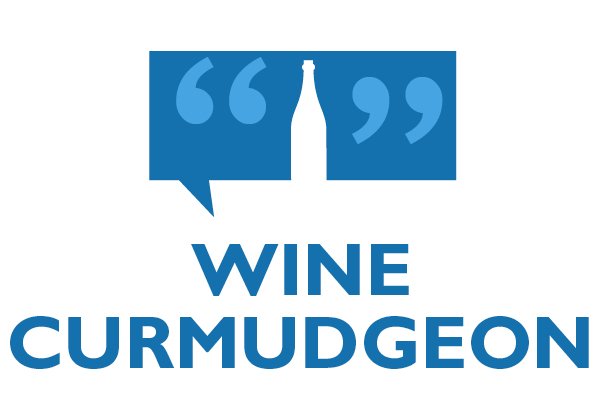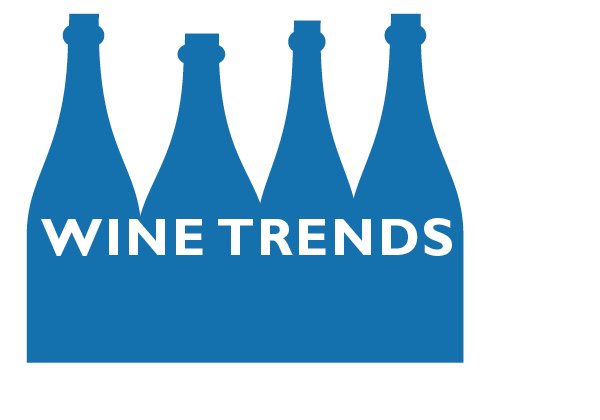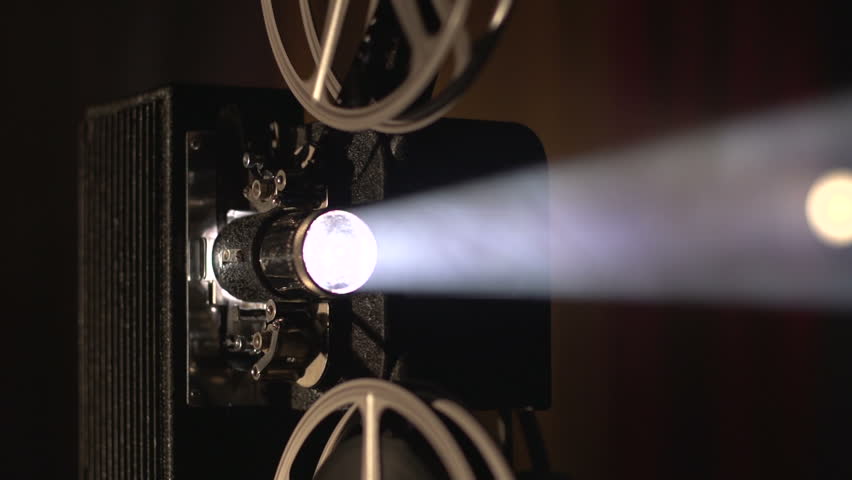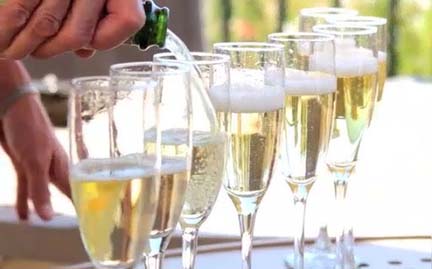Ask the WC 33: Wine consumption, bad wine, Earth Day

This edition of Ask the WC: The decline in world wine consumption, plus how to tell when wine goes off and Earth Day
Because the customers always have questions, and the Wine Curmudgeon has answers in this irregular feature. You can Ask the Wine Curmudgeon a wine-related question by clicking here.
Dear Wine Curmudgeon:
Are there any actual statistics about the decline in wine consumption? Or are you just making that up?
A skeptic
Dear Skeptic:
How about The International Organisation of Vine and Wine, or OIV, which tracks world wine production? “In 2021 extremely low world wine production volume is expected, at a level similar to 2017. This would be the third consecutive year where the global production level is below average n 2021.” So less production means less consumption.
•
Hi, WC:
I opened a wine the other day, and it smelled all funky and gross. Did it go bad? How can you tell?
Bad wine?
Dear Bad:
I get this question a lot, and most recently at a wine class I did a couple of weeks ago (emerging from the pandemic). Yes, wine can go bad — heat, light, and too much age can spoil it. The wine can taste like badly made brandy, taste like over-cooked tomato soup, or even not have much flavor at all. Ironically, about the time of the wine class, I wrote a piece for Pix.wine about this exact subject.
•
Hey, Jeff:
You didn’t write anything about Earth Day and wine last week!
Green wine drinker
Dear Green:
I wrote an Earth Day piece a couple of years ago on the old blog, and no one read it. So I prefer to remind the wine business about its obligation to the planet the other 364 days a year — here and here, for example. And don’t worry — I’ll keep doing it.
Photo: Kelsey Chance on Unsplash
More Ask the WC:
• Ask the WC 32: Wine prices, wine and health, Ukraine
• Ask the WC 31: Pinot noir, minimum pricing, wine apocalypse
• Ask the WC 30: BYOB, wine for friends, California fires













